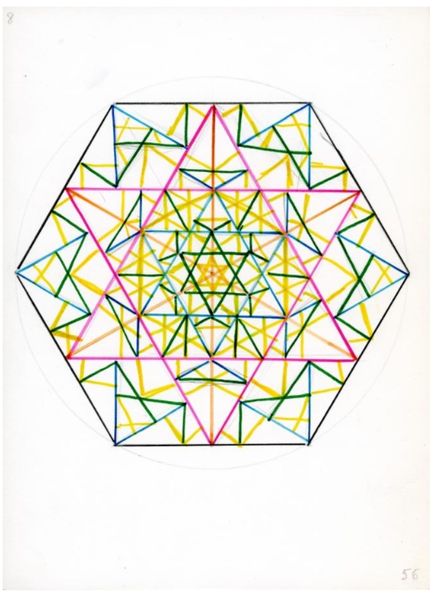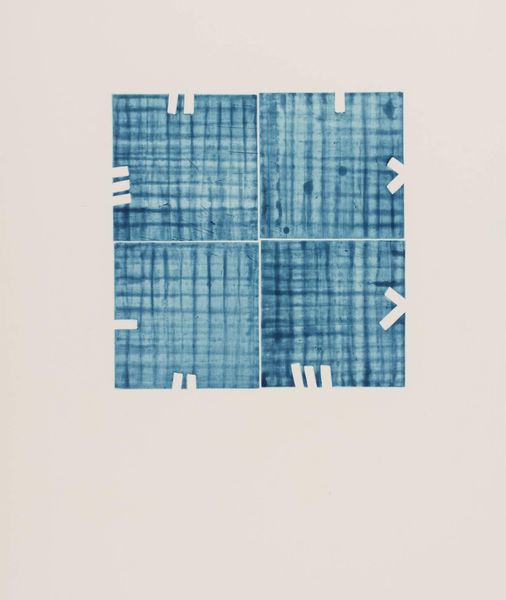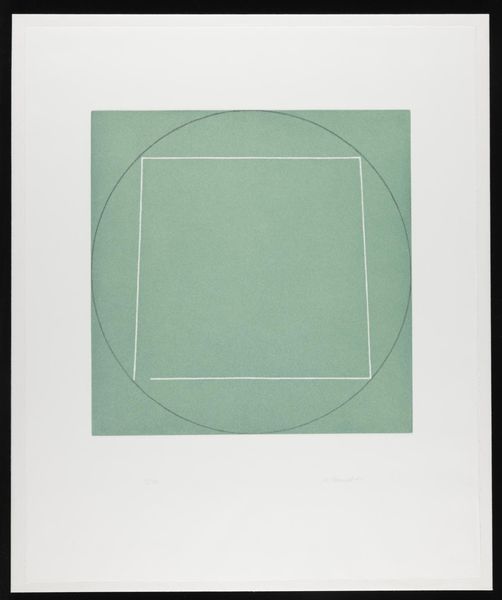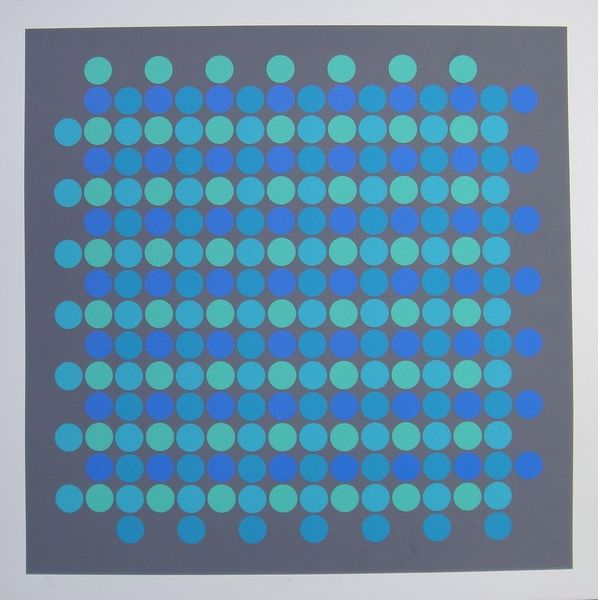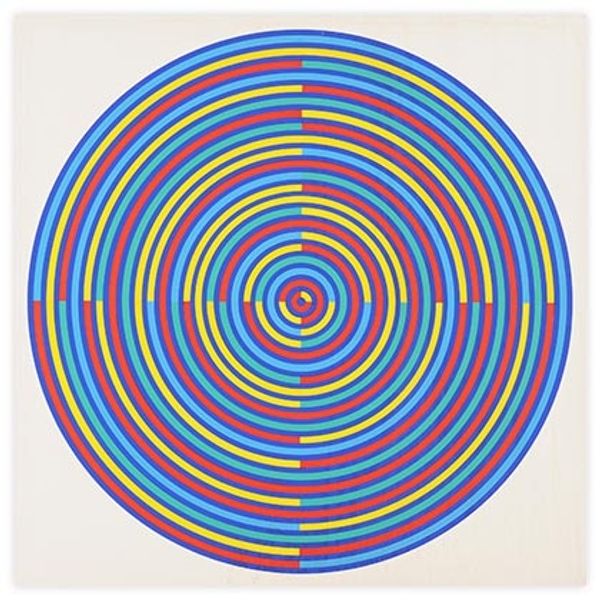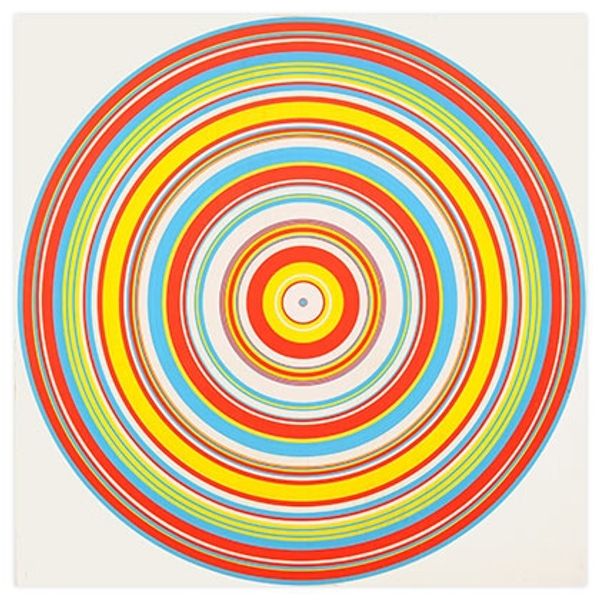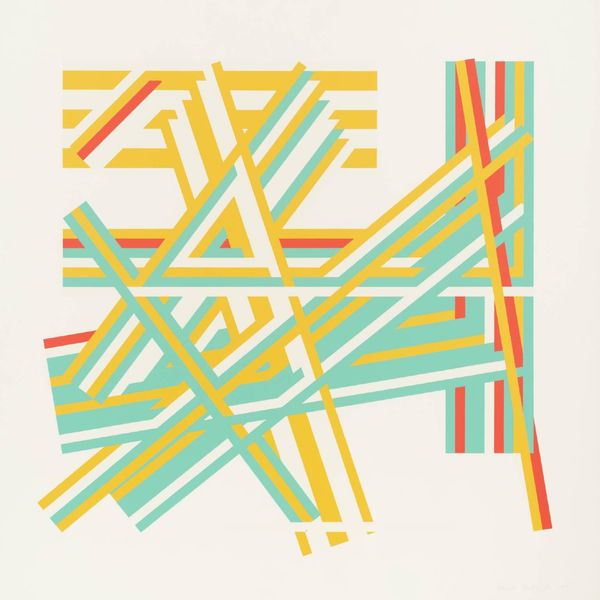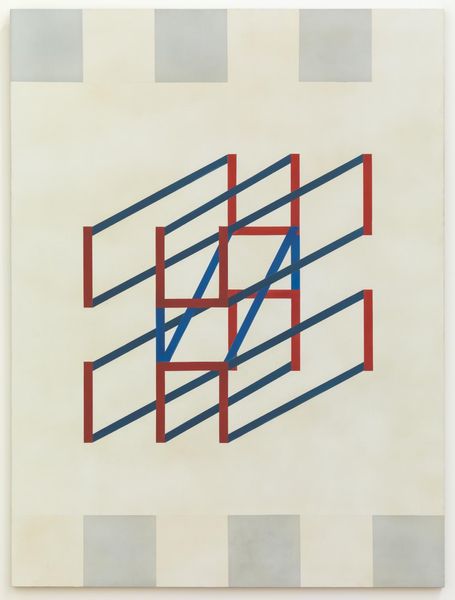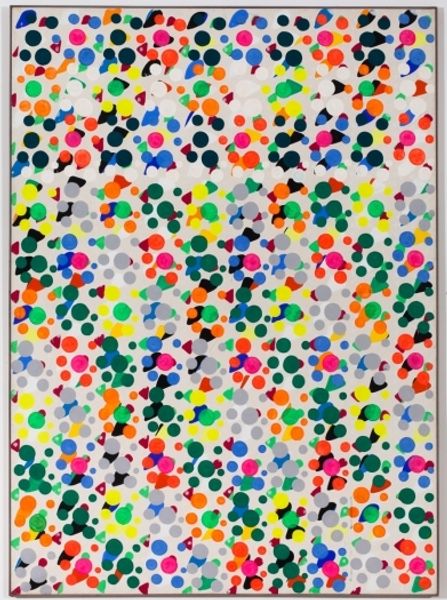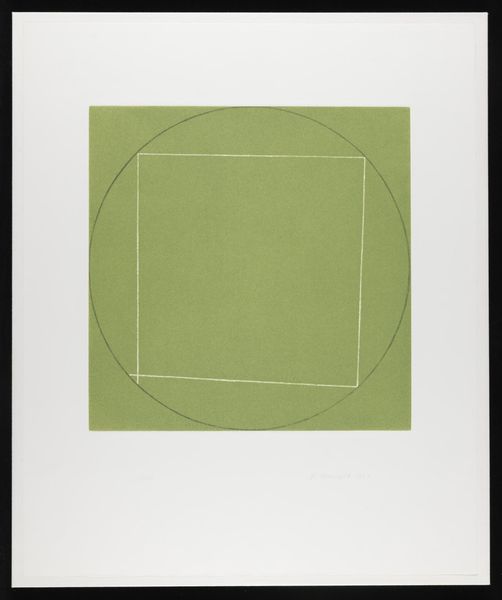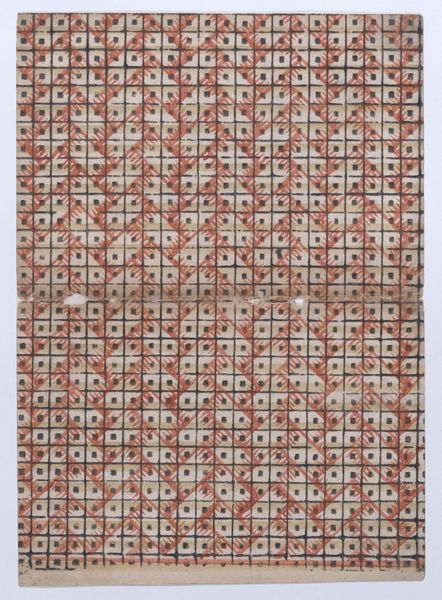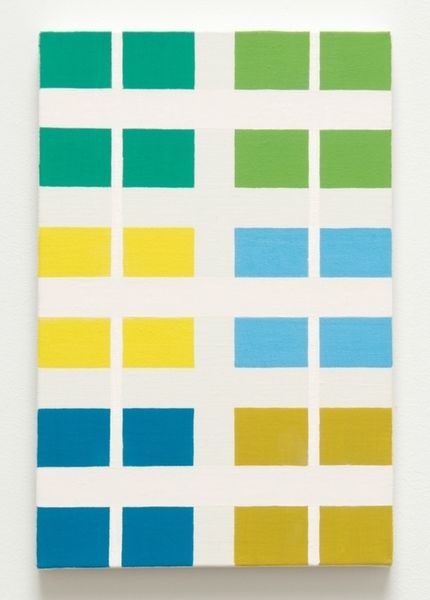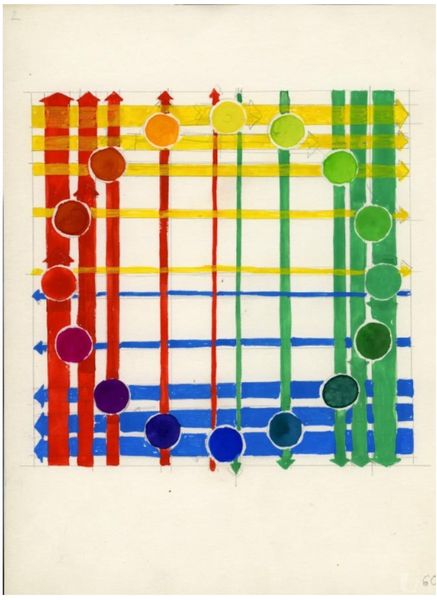
drawing, mixed-media
#
drawing
#
mixed-media
#
conceptual-art
#
geometric
Copyright: Valerii Lamakh,Fair Use
Curator: Today, we're examining Valerii Lamakh’s "The Fourth 'Book of Schemes'. Album #2, the First Folder," created in 1978, a mixed-media drawing rooted in conceptual art principles. Editor: It immediately strikes me as both simple and perplexing. There's a rigid grid in vibrant colors contained within these looser geometric shapes drawn on the paper, a sort of calculated chaos that's intriguing. Curator: Lamakh worked within a Soviet context, where artistic expression was often monitored. This work is a subtle rebellion; the conceptual nature allows him to express ideas without explicitly referencing prohibited subjects. The "Schemes" of the title, and its categorization as a "Book" implies a system of thought, but one veiled and fragmented. Editor: So, it's a coded form of social commentary, right? These colors, the seemingly ordered grid broken by these sketch lines, evoke this push and pull between collective expectation and the individual. Curator: Precisely. We should also recognize this visual language within the timeline of modern and postmodern artistic engagement with formal structure; there are clear ties to artists grappling with utopian ideals or critiquing oppressive structures through abstract means. This drawing technique and the album itself allowed for underground exchanges, avoiding public censure by sharing and critiquing in relative private. Editor: And, to my eye, the limited palette amplifies the sense of constraint, doesn't it? Even these bursts of colors, in red, blue, yellow, pink and green, can't escape the predetermined pattern and the lines around the geometric square and circle. This evokes that sense of a spirit seeking freedom. Curator: I agree. Think too about the materiality itself. It’s humble, relying on what was available: paper, pencil, simple coloring implements. This simplicity is deceptive. Editor: Right, and so in viewing a piece like this, one has to ask who were Lamakh’s audience? How did people understand the imagery that maybe we don't catch immediately? Curator: Precisely. By engaging with its historical context, the sociopolitical implications are unmasked through a lens of art history combined with modern perspectives. Editor: For me, it reinforces the importance of context when viewing art; and helps reveal hidden struggles inherent within it.
Comments
No comments
Be the first to comment and join the conversation on the ultimate creative platform.
